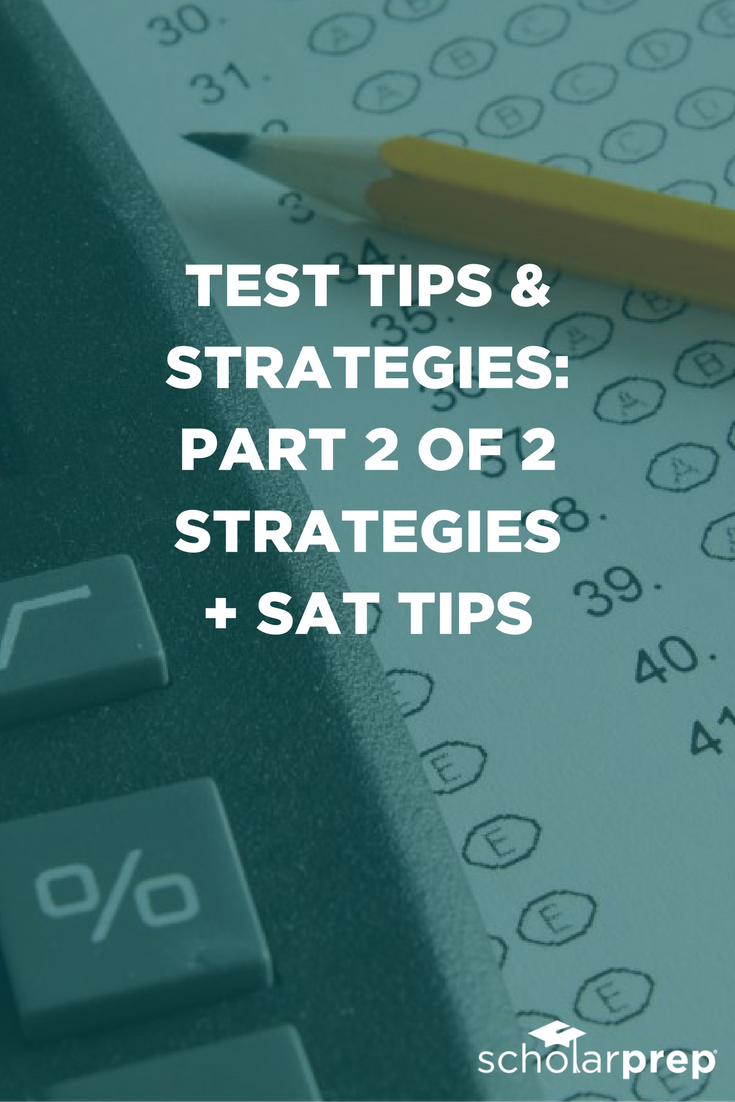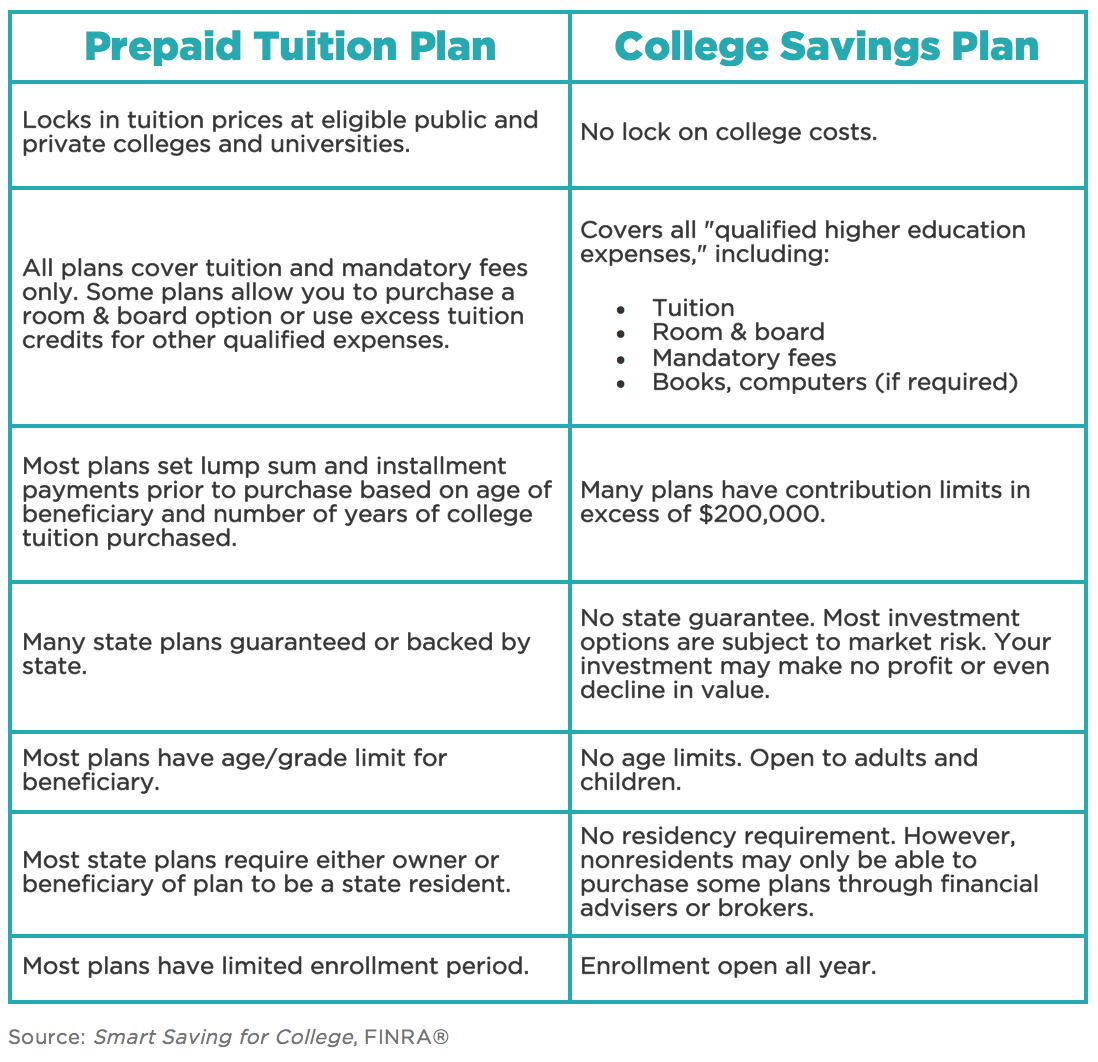Our College-Prep Expert Interview series gives parents and students an opportunity to meet an expert who can help them on their college-bound journey. We ask each expert how they got into the business of college-prep, why their work is so important and to share their biggest tips and tricks!
![]() Expert: Ethan Sawyer
Expert: Ethan Sawyer
Company: College Essay Guy
Location: Los Angeles, CA
Catchphrase: Stay curious.
Why we interviewed Ethan: Through his in-person workshops, one-on-one sessions and online courses, he helps thousands of students each year write their college application essays.
Let’s start with the big question, what do you do?
Ooh, I like that one. I help high school students discover and write their deepest, most compelling stories by using counseling exercises and screenwriting techniques. On a deeper level, I’m helping them explore their values and how their life experiences have led to them to deciding what they want to do with their lives. And, on a more literal level, I help students write their college application essays.
Specifically, I help thousands of students each year through my my in-person workshops, one-on-one sessions and online courses at www.collegeessayguy.com.
How long have you been working in the college-prep world?
Weirdly, this was my job out of college (13 years ago). But my love of writing started when I was much younger, probably around 14.
How did you get into this work?
I feel like a lot of my life–even early on–led me here. Growing up, I lived in Ecuador, Colombia, and Spain, and I had to learn to ask great questions with people I met. So listening deeply to people’s stories and forming more personal connections is something that’s always really valuable to me, and continued to be as I studied theater and screenwriting in college. When I got a job helping students write personal statements after college I started to see what a powerful process it was. I watched it change their lives, and I suppose it changed mine.
What is the biggest lesson you’ve learned through your experience?
We have the power to decide what events in our lives meant, and mean. That’s a superpower and it’s one that students learn (or strengthen) as they go through the personal statement writing process.
Why is your work so important?
I think sometimes students enter this process thinking it’s just another writing assignment, but for some it ends up meaning much more. Here’s an excerpt from an email from a student I worked with this year:
I don’t know how to say this, but I guess writing that Common App essay about my biological father allowed me to face certain repressed emotions in a logical and realistic manner. It sounds kind of dumb to say that a college essay helped me with personal issues which once were way beyond my comprehension, but it did. And I want to sincerely thank you for that, for showing me that there is power in vulnerability and it in fact makes us stronger than we believe.
That’s why it’s important.
Who is your typical client/customer?
That’s tough. We work with students from all over the world, from first-gen students in Northern California to nature wildlife photographers from India (I wrote that plural, but we’ve just had one) and everyone in between. I’ll tell you that I most enjoy working with students who have worked hard in high school, are responsive by email, and enjoy writing.
What have you found your clients/customers struggle with the most?
Procrastination. I’ve done something about this, though, recently: connected them with an accountability coach to keep them on task! #Works
What is the most important piece of advice you give them?
When possible, consider writing about an unusual topics. If that’s not possible, at least make unusual connections, because the more generic the topic, the more unusual the insights need to be. It’s hard to explain this briefly, but basically if you’re going to write about basketball, don’t emphasize how it taught you cliche values like hard work, perseverance and discipline (snooze), tell me how it taught you to set healthy boundaries, or the value of privacy. That’s a more interesting essay, and much more likely to get you noticed among the many basketball (or violin or mission trip) essays.
Do you have any tips or tricks to share with families on the college-bound journey?
I think it’s important for parents to ask students how they’d like to be supported on the journey–that’s a great starting question. One fun way to support students is to visit schools together, or perhaps plan a trip together. When Junior/Senior year roll around it can also help, especially with super-involved parents, to designate one day (or one hour) per week as “college talk” day or hour, so it doesn’t monopolize all your conversations.
What is your favorite college-prep resource?
In terms of developing a school list, I love Steven Antonoff’s lists in The College Finder, which are also available online through collegexpress.com. In terms of essays, my book is pretty good!
What is one thing that makes what you do unique?
I’ve been told by several people that when I’m with them they feel like they’re the only person in my world. I try to bring that quality to my counseling.
What’s your favorite thing to do in your free time?
Last week my wife and I took my daughter to Disneyland for the first time. It was pretty amazing. We’re already planning our trip back, so maybe that’s my new favorite thing.
Anything else we should know?
I’ve always got something new cooking and the best way to find out about it is to sign up for my mailing list at www.collegeessayguy.com.
The post Expert Interview: Ethan Sawyer appeared first on ScholarPrep.
























